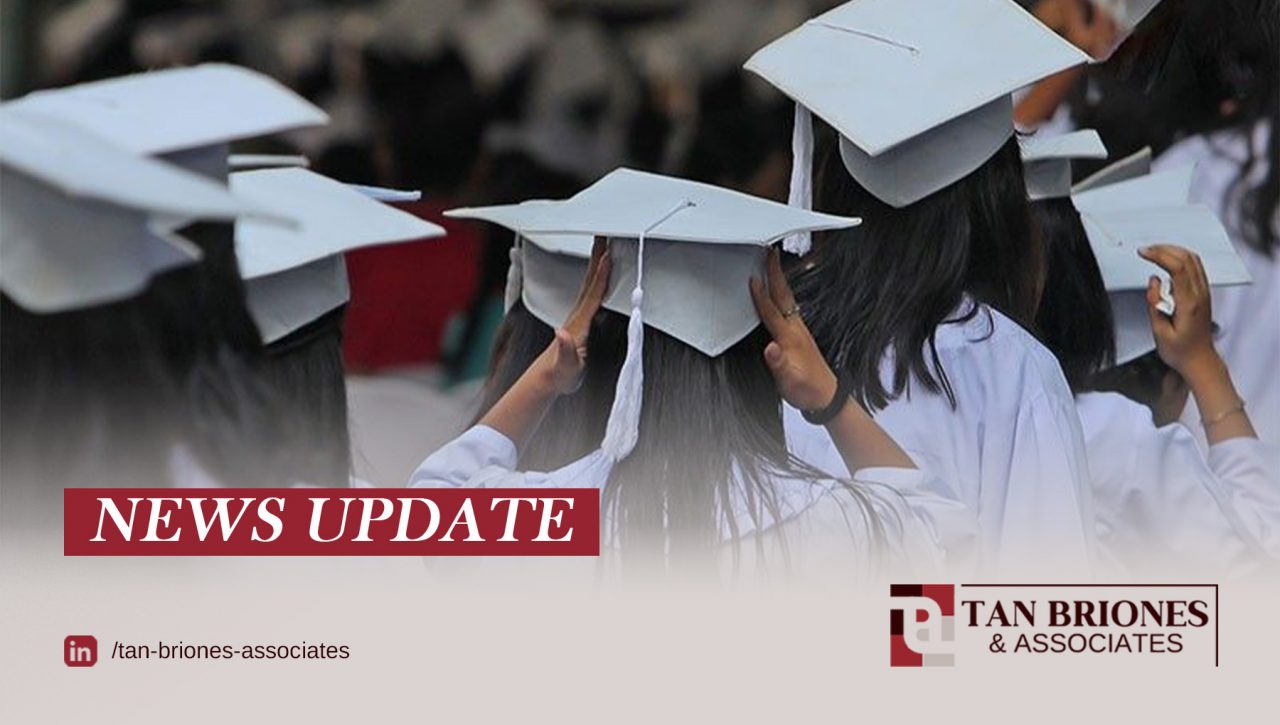
A measure seeking to address the mismatch between educational outcomes and job market needs by offering two pathways for students after junior high school—one for higher education and the other for technical-vocational training—moves closer to passage.
The House of Representatives has approved on second reading House Bill No. 11213, titled “An Act Providing Education Pathways for Basic Education Students,” which aims to address criticisms of the current K-12 curriculum and provide more tailored educational opportunities.
“This bill is a significant step toward modernizing our education system by offering students choices that suit their individual strengths and career aspirations,” House Committee on Basic Education Chairperson and Lone Pasig Representative Roman T. Romulo stressed.
The proposed law establishes a flexible system for Filipino students, offering an alternative to the traditional senior high school model by providing a choice between a university preparatory program and a technical-vocational track after finishing Grade 10.
Under the University Preparatory Program, students will undergo a curriculum that readies them for higher education without being restricted by specific academic tracks.
Meanwhile, the Technical-Vocational Program, administered by the Technical Education and Skills Development Authority (TESDA), will equip students with skills directly aligned with industry needs.
In addition to these pathways, the bill includes provisions for an “Honors Exam” or advanced placement examination, which will allow high-achieving students to bypass senior high school and gain direct entry into college or university.
Students who opt for the vocational route will have the option to continue their education through a ladderized system, enabling them to pursue higher education if they meet the necessary qualifications.
Under the bill, the Department of Education (DepEd) will be tasked with developing a comprehensive curriculum for Grades 11 and 12 that supports both pathways.
For the technical-vocational track, TESDA will collaborate with industry experts to create an industry-driven curriculum designed to ensure students graduate with skills that meet market demand.
The bill also mandates regular competency evaluations, including language and numeracy assessments, to guide students and their parents in making informed decisions about their educational and career futures.
“The goal is to empower students, giving them the tools and opportunities to pursue either higher education or vocational skills based on their unique abilities,” Romulo added.
“This approach will help close the gap between educational outcomes and the demands of the workforce,” he furthered.
Follow Tan Briones & Associates on LinkedIn for more legal updates and law-related articles.

